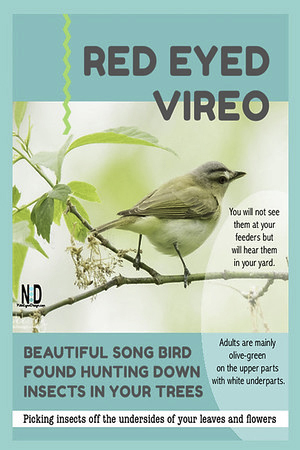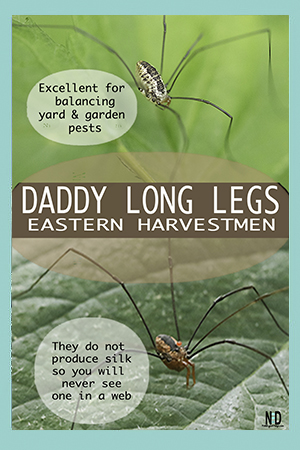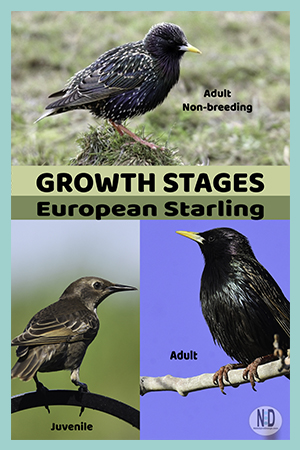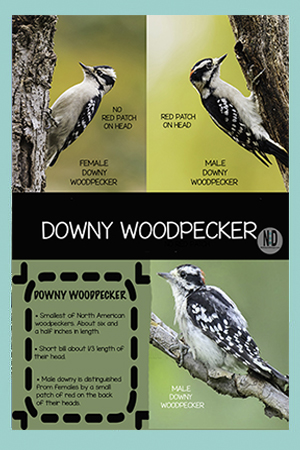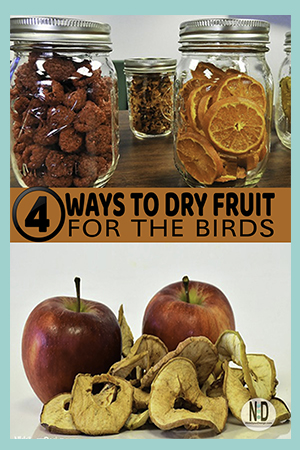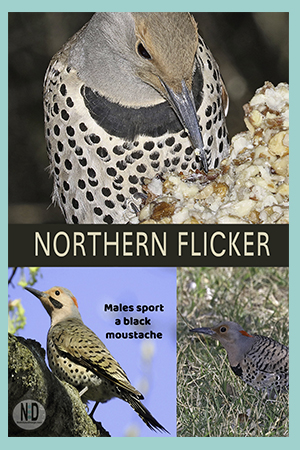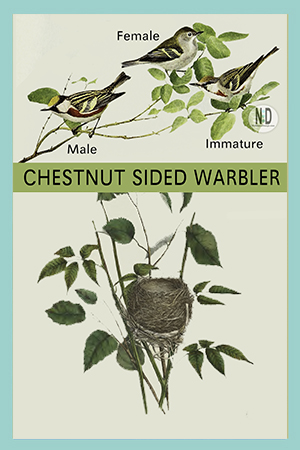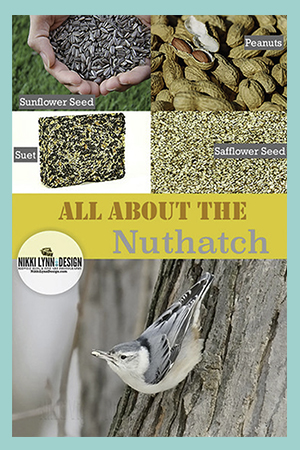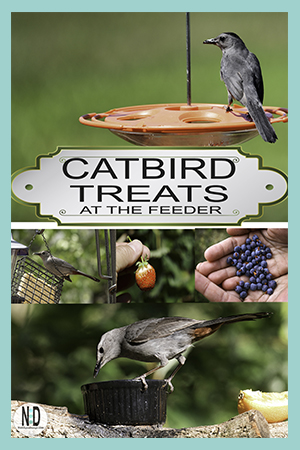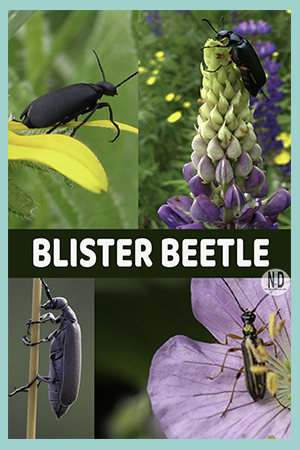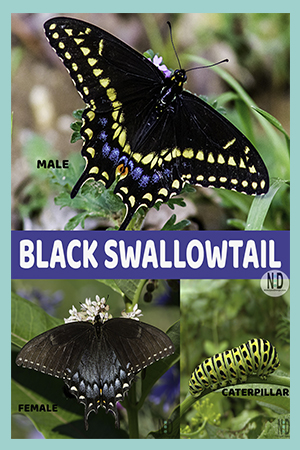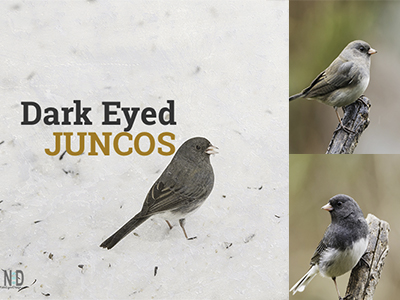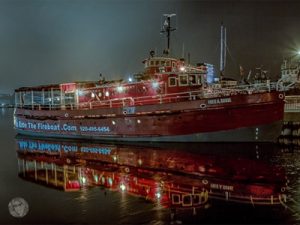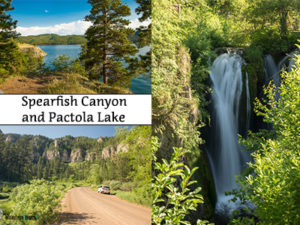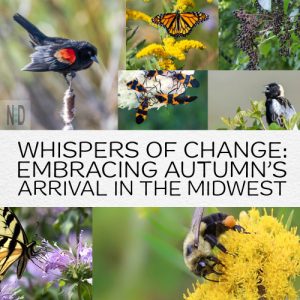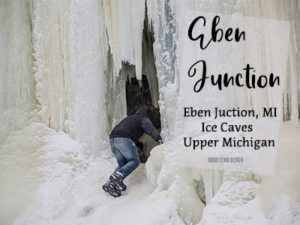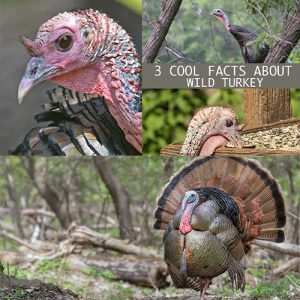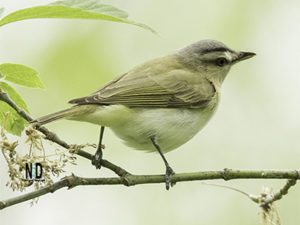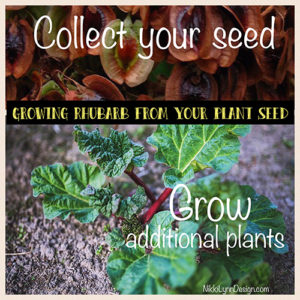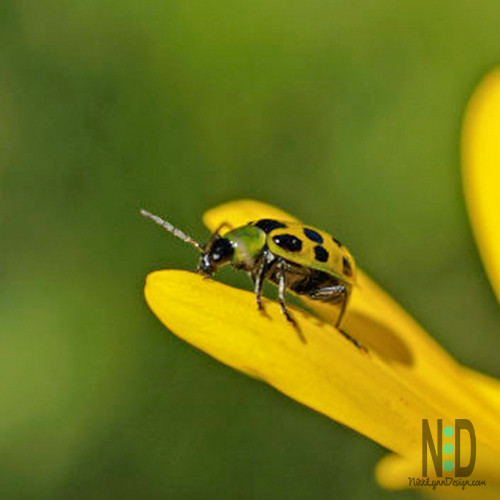Dark-eyed Junco
In Wisconsin, the dark-eyed junco seems to arrive around the third week of September. They come in mid-fall and stay for the duration of the winter.
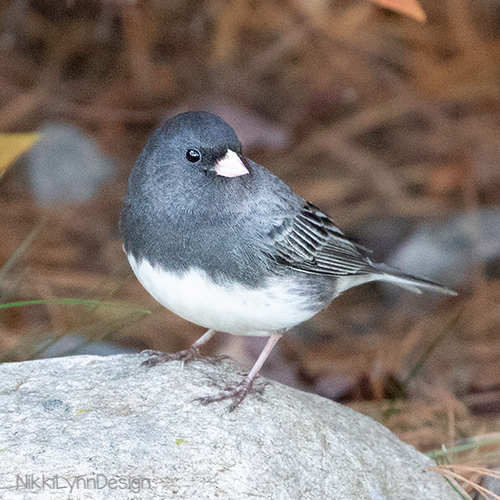
Adults generally have gray heads, necks, and breasts, gray or brown backs and wings, and a white belly, but show a confusing amount of variation in plumage. The bill usually varies from pale pink to yellow.
Females are a slightly lighter shade of gray.
General Information
| Name:: | Dark-eyed Junco |
| Scientific Name:: | Junco hyemalis |
| Family: | Passerellidae |
| Size: | 5-7 inches |
| Habitat: | Woodlands, Forest edges & Residental Areas |
| Diet: | insects, seeds and suet |
Diet
They mainly eat insects and seeds. Although Junco’s do enjoy sticking within wooded areas, they are also perfectly happy sticking around a feeder for the winter. They generally enjoy feeding on the seed that other birds drop on the ground. Occasionally, they will treat themselves to suet as well.
At The Feeder
Black Oil Sunflower Seed
The best single grain for attracting the widest variety of wild birds. Attracts Cardinals, Jays, Woodpeckers, Nuthatches, Titmice, Chickadees, Grosbeaks, Finches, Nutcrackers, Juncos, House Sparrows, Blackbirds, Doves, & Grackle all love it.
Seed can be used in all types of feeders use in hopper, platform, and tube style feeders.
White Millet Bird Seed
Purchase a small starter bag of this seed to try on your birds. It has no fillers which are great because they can eat all of it without scattering the seeds. House finches, morning doves & cardinals also love it.
If your birds like it, save yourself BIG bucks. Look for this product at a farm supply store. Chances are you can purchase a 50lb bag for $15.00-$20.00 depending on sales.
Nesting Info
| Habitat: | Conifers or mixed forest areas |
| Nest Shape | Cup-shaped depression on the ground |
| Eggs: | pale blue or gray, splotched with brown, purple, or gray. |
| Incubation: | 12-13 days |
| Fledging: | 11-14 days |
General Nesting Information
Their breeding habitat is conifers or mixed forest areas throughout North America. Mainly in Canada and Alaska. Breeding takes place from mid-March through April. Nests are a cup-shaped depression on the ground that is lined with fine grasses and hair. Well hidden by vegetation or other material. Occasionally, nests are found in the lower branches of a shrub or tree.
Juncos have the ability to lay two times during a breeding season. Laying four pale blue or gray and splotched with brown, purple, or gray colored eggs each time. The ability to lay twice during the breeding season is nature’s way to protect the species for these ground nesters.
Additional Posts
